Affiliate links on Android Authority may earn us a commission. Learn more.
Electric scooters buyer's guide: Everything you need to know
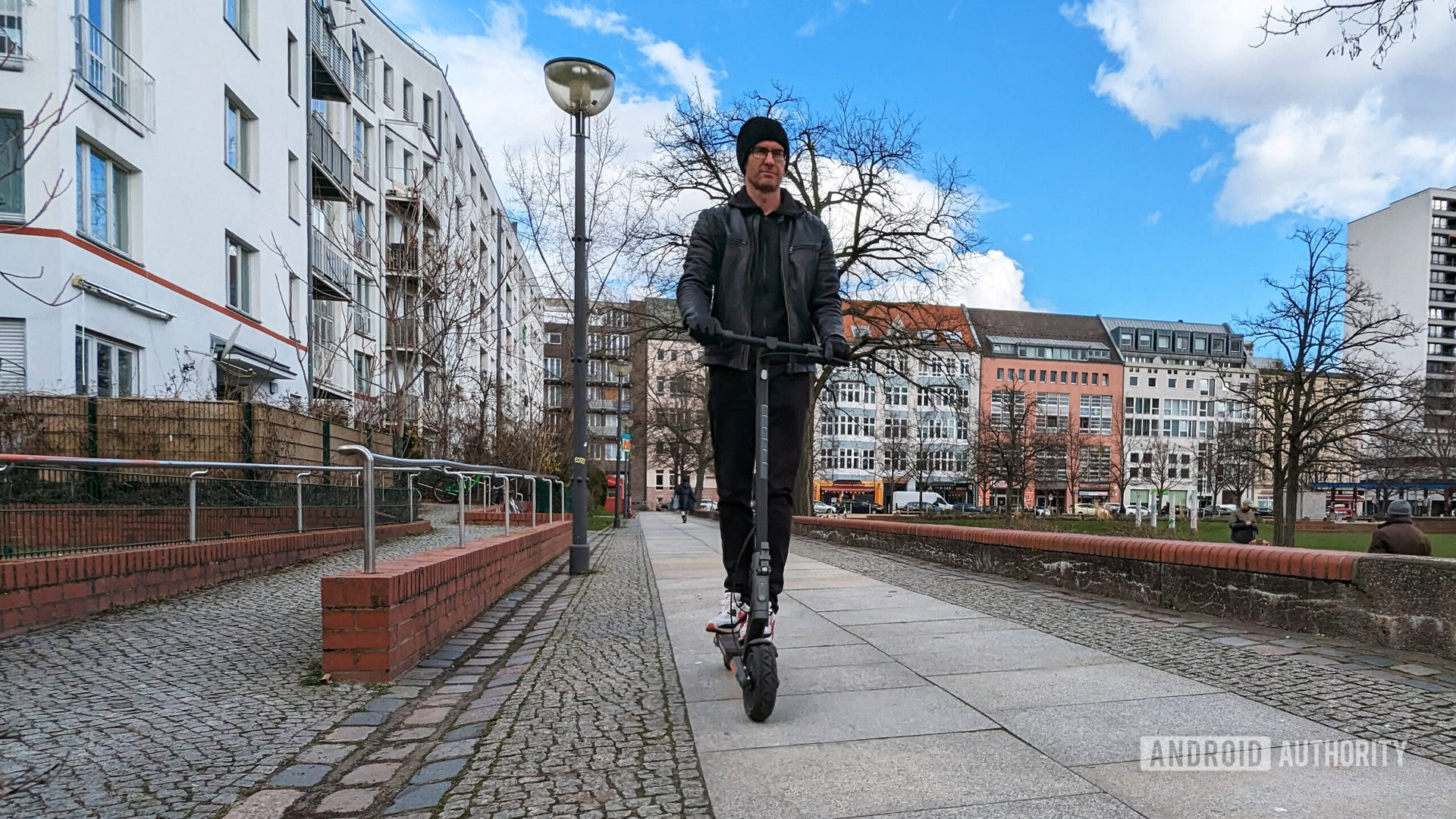
Once considered a niche form of transportation, electric scooters are now everywhere in the form of services like Bird and Lime, and that’s prompted some people to look into buying their own. This guide will help you decide whether an electric scooter makes sense, what to look for when shopping for one, and issues to be mindful of, such as maintenance and legality.
First, what is an electric scooter?
Electric scooters come in two main varieties.
The first is a sit-down style, best exemplified by something like the Vespa Elettrica or Ninebot eScooter E200P. Sit-down electric scooters are essentially low-powered motorcycles — you probably can’t take them on the highway or off city streets, but they are excellent for urban commuters. Depending on power specs and the region you live in, you may need to be insured and licensed to ride one. Here’s a selection of the best sit-down electric scooters (sometimes classified as mopeds) you can get.
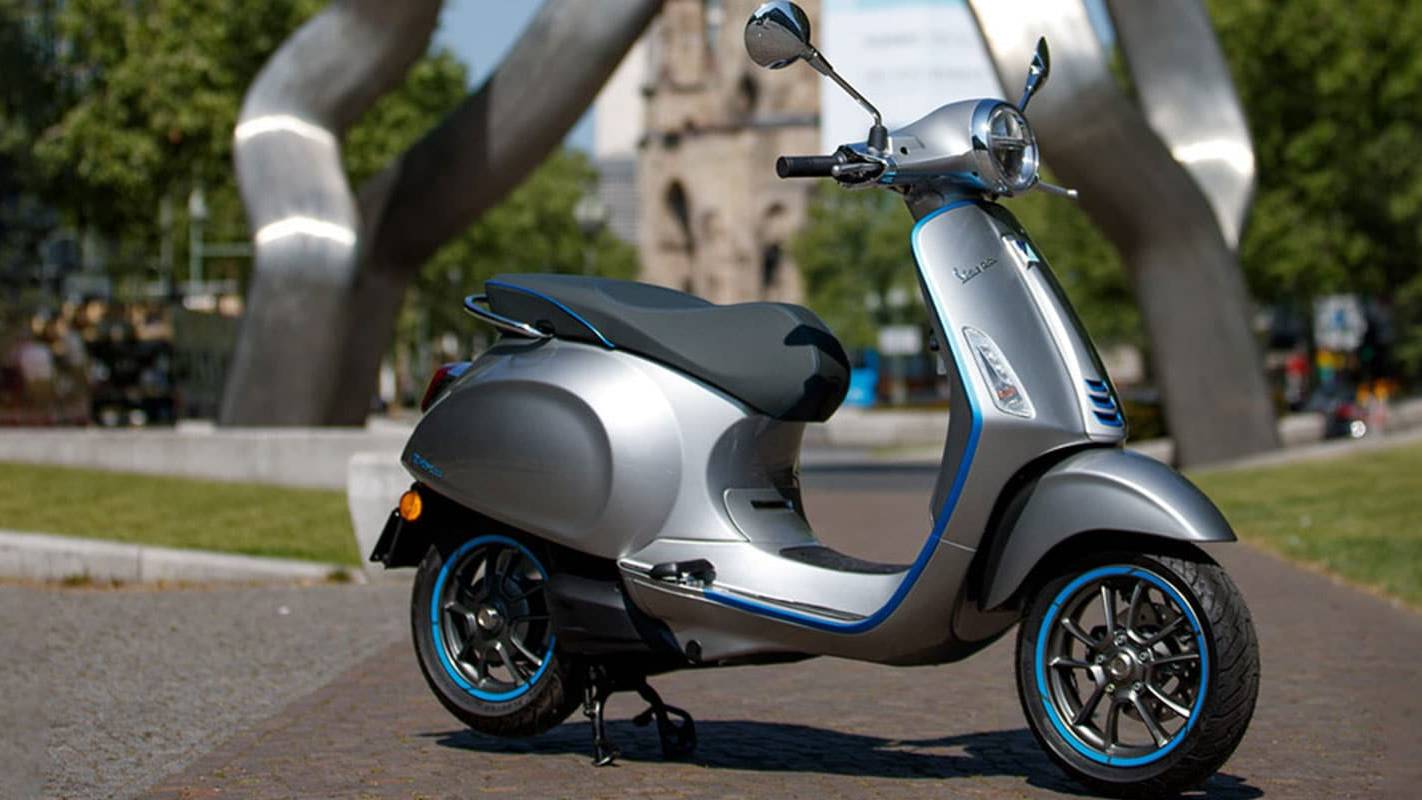
The type of scooter rented out by companies like Lime is a stand-up scooter, also known as a folding or kickscooter, though only some models actually require a kick to get going. Stand-up scooters can often be more practical than sit-down models, since while they require add-ons for storage, the ability to fold the stem makes it possible to fit them in tight spaces like public transit or a car trunk. They’re also allowed to travel on sidewalks and park paths in some cases, and rugged models can go off-road.
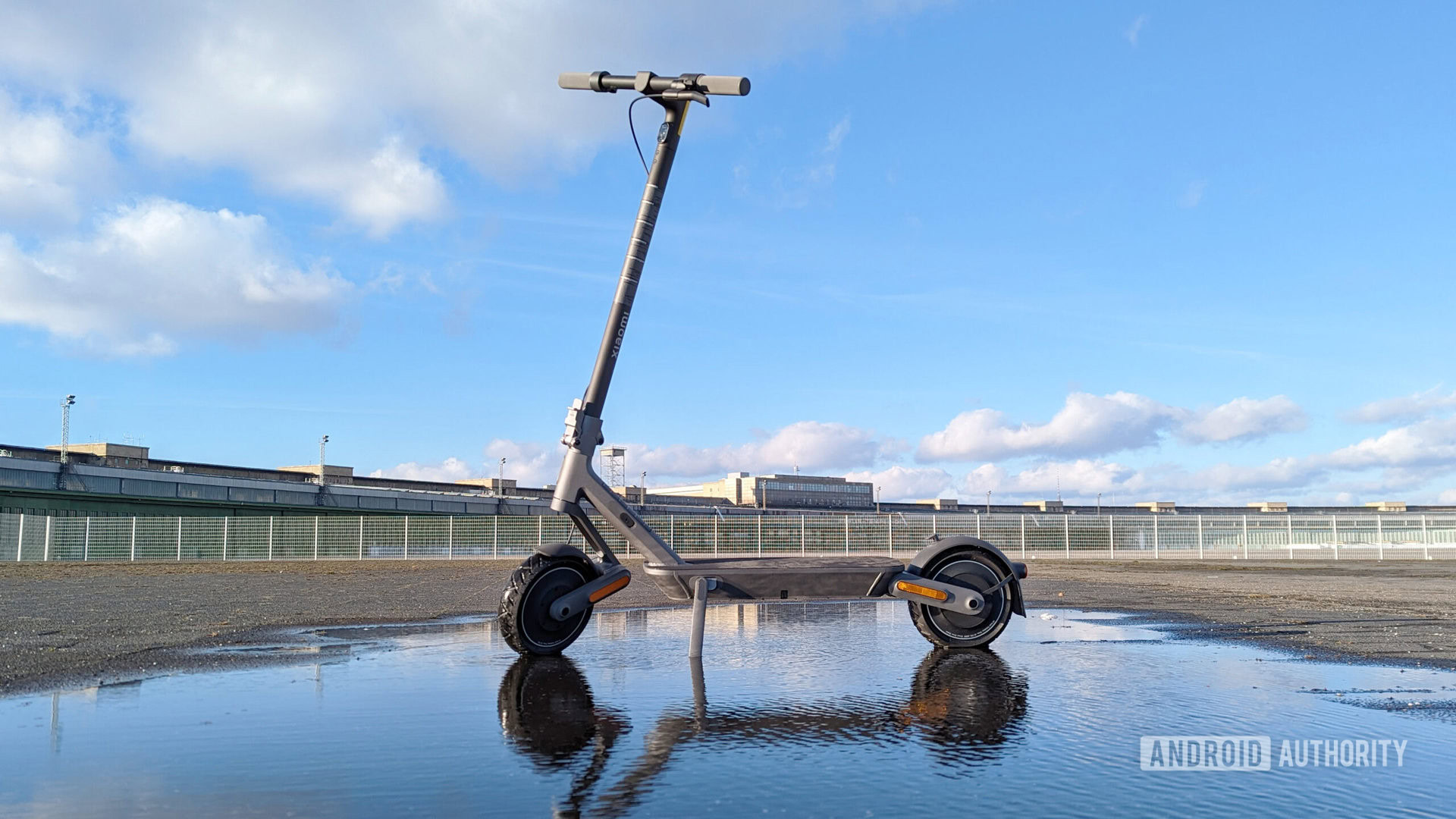
Lines do blur. Some stand-up models have optional seats, and sit-down models occasionally resemble e-bikes more than a Vespa.
See also: Electric bikes vs electric scooters vs electric mopeds vs electric motorcycles
Should I get an electric scooter?
There are several factors to consider before choosing an electric scooter over other forms of transportation. The first is weather — while some scooters will work in rain or snow, you’ll need to adjust your speed, clothing, and equipment, for instance by swapping in studded/off-road tires. Even then riding can be risky, and some conditions simply won’t allow it — you’re not going anywhere if snow is a foot deep. Electric scooters are only truly suited to clear skies or light rain. Depending on your model, you may still need to do extra weatherproofing to protect the battery and circuitry.
Consider the roads and traffic you’ll be dealing with too. While many scooters can cope with cracks, potholes, and slower car traffic, few are capable of highway speeds, and even then, highways aren’t a safe place to be. You should probably step up to an electric car or motorcycle if highway driving is a must. Some people aren’t comfortable riding in traffic at all, and of course, lighter scooters are only designed for sidewalks, park paths, and bike lanes.
Legality is a huge factor. Though sit-down scooters are typically legal everywhere in the world, many governments have yet to realize the potential of stand-up models, often resulting in misguided or scattershot laws. Some cities, states, and provinces will look the other way — but others are notoriously harsh, such as London, where people’s rides are regularly confiscated. Still other places will bar you from riding on park paths or sidewalks. If you move internationally and bring a scooter with you, you could be forced to register and insure it, even if it was previously free of red tape. Do your research before buying anything.
Legality is a huge factor.
You should also be sure you have a person or repair shop to which you can bring a scooter if it breaks down. Scooter shops are less common than ones for bikes, and some may outright refuse to repair stand-up models. The ones that do will probably have to order in custom parts, so you may be without a ride for a week or longer. It’s possible to repair stand-up scooters on your own, but of course not everyone has the time, knowledge, or tools.
Consider your use cases realistically. Though a scooter is perfect for commuting and errands in urban environments, it can potentially be a bad choice for the same things in suburbs or rural areas. Electric bikes and motorcycles are typically better, given features like pedal assist and/or bigger batteries.
Things open up considerably if you’re just interested in having fun, since electric scooters have next to no learning curve. You should however be prepared for the fact that higher-end models are big and heavy, making them difficult to get home if they break down or run out of power. Electric skateboards and unicycles are superior if you need maximum portability and can afford the time to learn them. Some stand-up scooters (like the Unagi Model One Voyager) are built to be easy to carry, but sacrifice range, speed, and the ability to handle rough terrain.
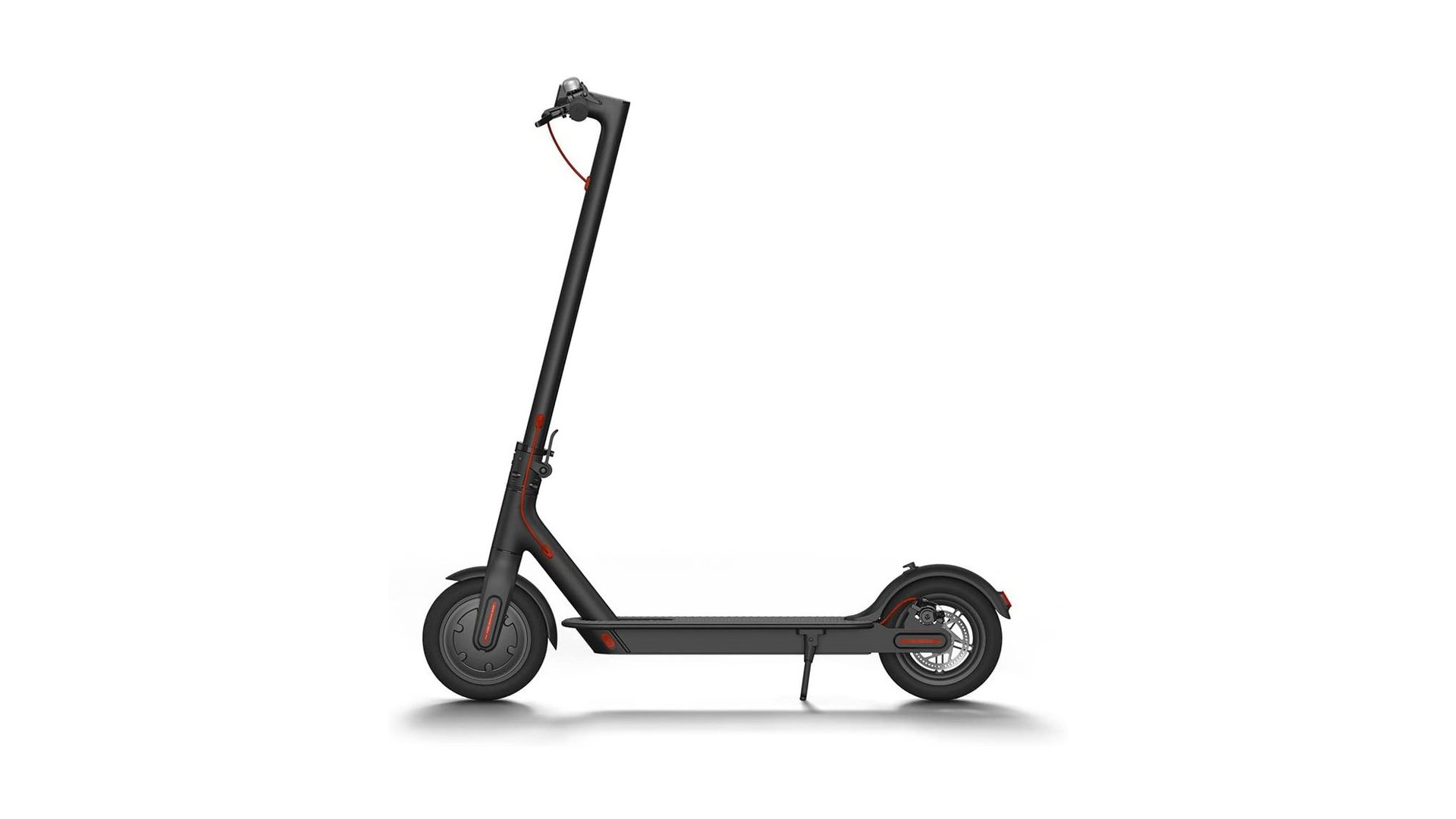
What to look for when shopping for an electric scooter
When ordering online, always prefer brands with polished websites, long warranties, and a robust support system if things go south. It can be tempting to buy stand-up scooters off sites like AliExpress at bargain-basement prices — a lot of designs share the same Chinese parts, after all — but you’re taking a gamble that your vehicle will be shipped on time and intact, never mind quality control or getting support. Some of the more reputable stand-up electric scooter brands include (but aren’t limited to):
- Apollo
- Currus
- Dualtron
- Emove
- E-TWOW
- InMotion
- Kaabo
- Rion
- Niu
- Nami
- Segway/Ninebot
- Unagi
- Uscooters
- VSETT
- Weped
- Xiaomi
- Zero
The simplest way to find reputable brands for traditional sit-down scooters is to browse in person at a dealership. You’ll get a chance to test ride different models, and know instantly where to take your scooter for repairs. Some dealerships may even have riding schools to help with licensing.
Read more: The top things to know when you shop for an electric scooter (e-moped)
In terms of specs, the first thing to check is always range. Determine the furthest distance you might ride in one direction — you’ll want over double that unless you plan to charge for a few hours midway, say while you’re at work. In fact you’ll need more headroom if you plan to ride in cold weather, since freezing temperatures can cut battery life by as much as 40 percent, if usually less. Likewise, be aware that many stand-up scooter manufacturers calculate their range based on specific bodyweights and speeds of 20mph (32kph) or less. You’re going to burn through a battery a lot faster when riding at 30mph.
In terms of specs, the first thing to check is always range.
Top speed should be a focus if you’re worried about commute times or plan to get on roads with cars. If you only plan to ride on paths, sidewalks, or bike lanes, a scooter should be fine if it can reach about 20-30mph (32-48kph). On open roads you’ll want a scooter capable of 30-40mph (48-64kph) or more in order to keep up with traffic, depending on local speed limits.
More important than speed in some instances is whether a scooter has single or dual motors. A single-motor scooter is fine for most scenarios. Dual motors can come in handy however when climbing hills, going off-road, or towing cargo, although you’ll pay for the privilege.
Suspension is typically only in question when shopping for stand-up scooters. When you’re riding on smooth surfaces, you can get away without it. On anything rougher, you’ll feel uncomfortable at best, and in worst-case scenarios you can damage your scooter or lose control. Just a few electric scooters are suitable for true off-road riding, like the Kaabo Wolf King GT, which has motorcycle-style hydraulic suspension.
In terms of tires, it’s best to choose scooters with tubeless pneumatics whenever possible. These are less puncture-prone than tubed tires while still offering air cushioning and a solid grip on the road. There are puncture-proof airless tires, but the tradeoff is a bumpy ride, and they’re slippery on dirt or wet surfaces. To prevent flats, both tubed and tubeless pneumatics should be primed with sealants like Slime, FlatOut, or Armor-Dilloz. Make sure any sealant is compatible with your tire type.
Durability and waterproofing should always be high concerns. There should never be worries about rain or puddle splashes seeping into electronics. For custom water and dust protection, you can use wraps or silicone sealant on parts that don’t have to fold or open. One of the few stand-up scooters that’s certified waterproof (not just water-resistant) is the Emove Cruiser, which has an IPX6 rating. You’ll also want fenders to keep your clothes clean and protect components.
Scooters with a plastic base should never go off-road, since they’re virtually guaranteed to crack open at some point.
Bright lights and a horn are standard on many sit-down scooters, but not necessarily stand-up ones. People hoping to ride the latter at night or in traffic need to make them a priority, and add turn signals if they’re not integrated. All of these features can be added as aftermarket upgrades.
Security matters because of how relatively easy it is to steal a scooter — ultra-portables can be carried off in one hand, and even a Vespa can be loaded into the back of a pickup truck. All models generally require heavy-duty wheel and/or frame locks, such as one of Kryptonite’s New York Fahgettaboudit chains (yes, that’s the real name). More expensive electric scooters come with metal or NFC keys, sometimes paired with alarms, disablers, or GPS systems. A removable battery is a plus, although that can potentially shut off power-based security measures. Folding scooters should be taken indoors if they’re not unwieldy and building operators allow it.
It’s surprisingly easy to find acceptable brakes, but there are tiers. Electronic braking is alright, mechanical discs are better, and the best option is hydraulics. Be aware that hydraulic brakes need to be periodically refilled, and that brake discs will eventually warp or wear down.
Traditional sit-down scooter picks
The Vespa Elettrica costs a staggering $7,999 but has those signature Vespa aesthetics, plus 62 miles (99km) of range and 147.5 pound-feet of torque, which is more aggressive than many motorcycles. It tops out at 45mph (72kph), and has a gorgeous dash display that connects to your phone via Bluetooth.
With a 20mph (32kph) top speed. the Segway eMoped C80 can’t ride in traffic most of the time, but it’s also much cheaper than an Elettrica at $2,500. Segway even includes bike pedals, technically making it an e-bike, though the truth is that police and bystanders are going to give you dirty looks if you ride anywhere but the street. The main attractions — aside from price — are a decent 47- to 52.8-mile (76- to 85km) range, and some very smart security. The scooter automatically locks when you step away, and you need a phone or NFC card to unlock it in the first place, much like a Tesla. If someone tries to steal it, there’s a built-in alarm and GPS locator.
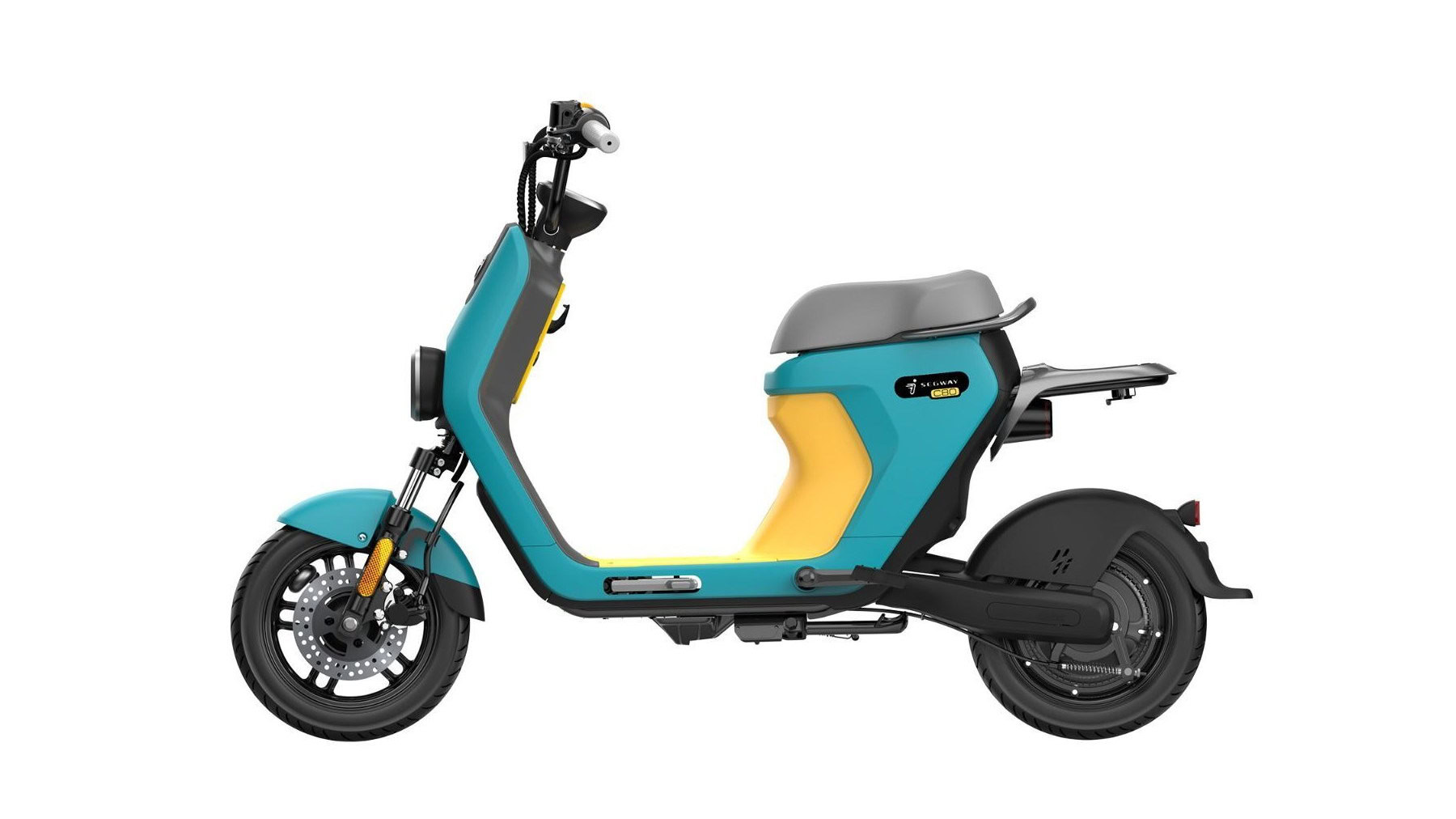
Ultra-portable scooter picks
The Uscooters GT Sport ($1,099) looks like a rental scooter, but packs a considerable punch, hitting speeds up to 26mph (42kph) and a range up to 28 miles (45km). It includes regenerative and rear-drum braking, and it’s one of the cheapest scooters you can get with a mobile app for functions like locking. Crucially the GT is lightweight and equipped with airless tires, making it one of the most convenient models for people who don’t have stringent range or weather requirements.
The Unagi Model One Voyager ($1,190) is pricey relative to its performance, with a speed of 20mph (32kph) and range of 25 miles (40km), but it’s one of the cheapest dual-motor scooters you can find. It folds quickly, uses airless tires, and has anti-lock electronic brakes. You can rent one for $69 per month, which includes service and damage insurance.
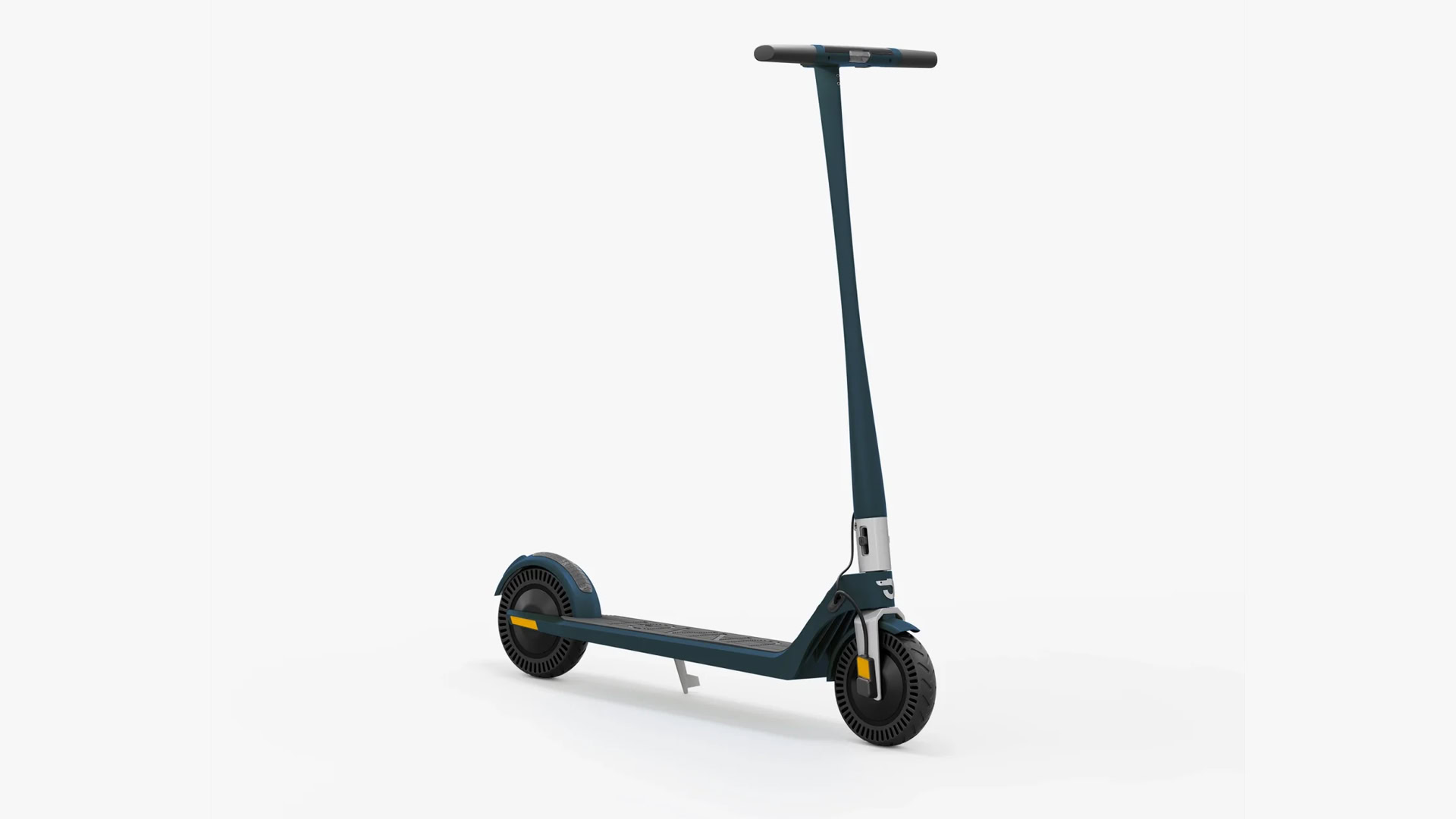
Mid-range stand-up picks
For many people, the best stand-up scooter to start with is the Ninebot Max G30P ($700). Its 18.6mph (30kph) top speed is disappointing, but it makes up for it with 10-inch “self-healing” pneumatic tires and up to 40.4 miles (65km) of range — specs you’d often have to pay hundreds of dollars more for. A mobile app toggles features like locking and cruise control. In fact, apart from speed, the only other issue with the Max is that it’s not equipped to go off-road.
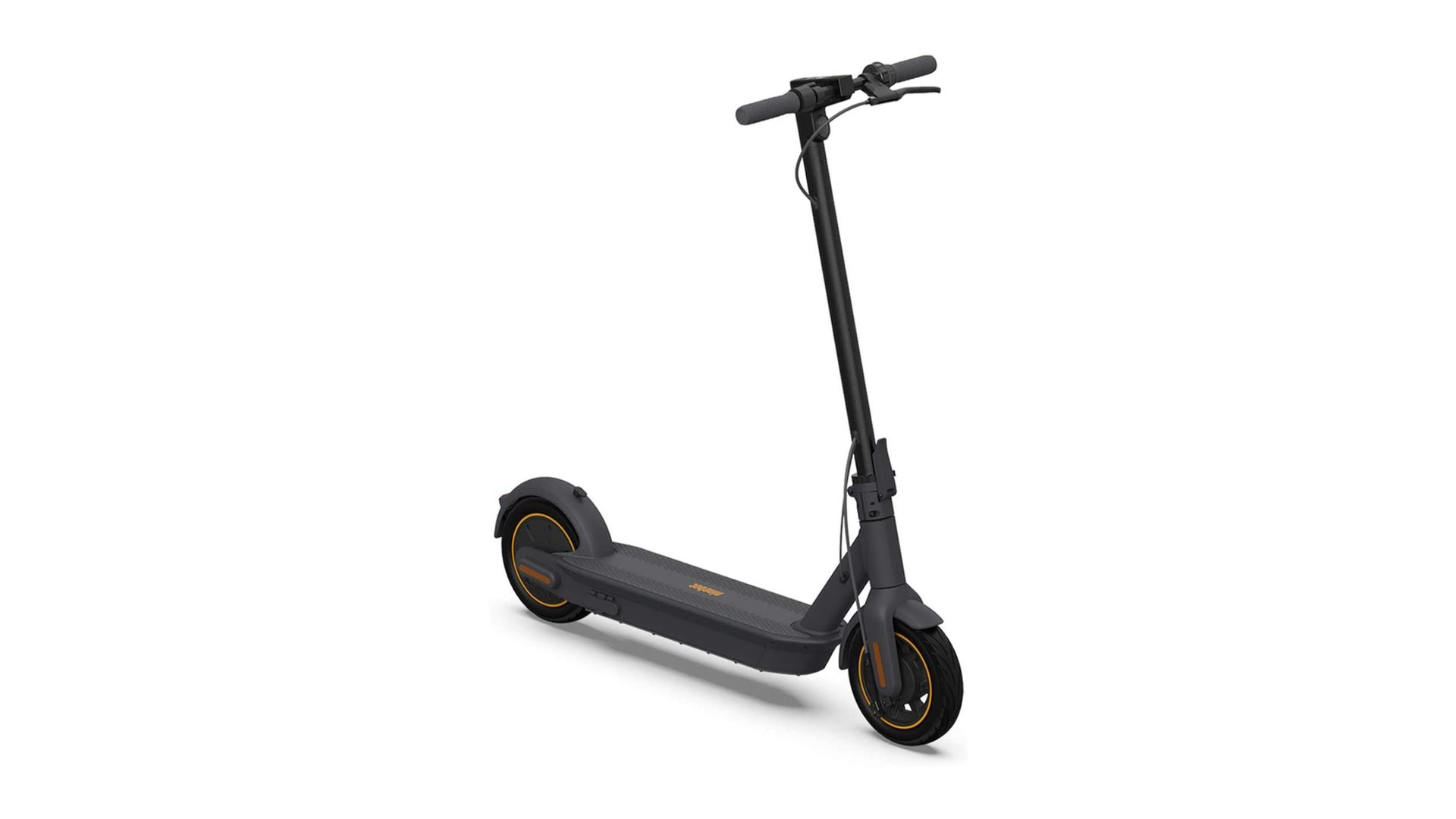
For many people, the best stand-up scooter to start with is the Segway/Ninebot Max G30P.
A big step up from the Max is the Apollo Ghost ($1,799). It tops out at 34mph (54.7kph) with 37 miles (about 59.5km) of range, and for light off-road duty — as well as a generally smooth ride — it combines 10-inch pneumatic tires with spring suspension. It also offers IP54 weather resistance, and the configuration we’ve chosen has hydraulic brakes. Be warned that with two 1,000W motors, the Ghost is a small taste of the high-performance world. You’ll want to brace yourself if you mash the throttle or slam the brakes.
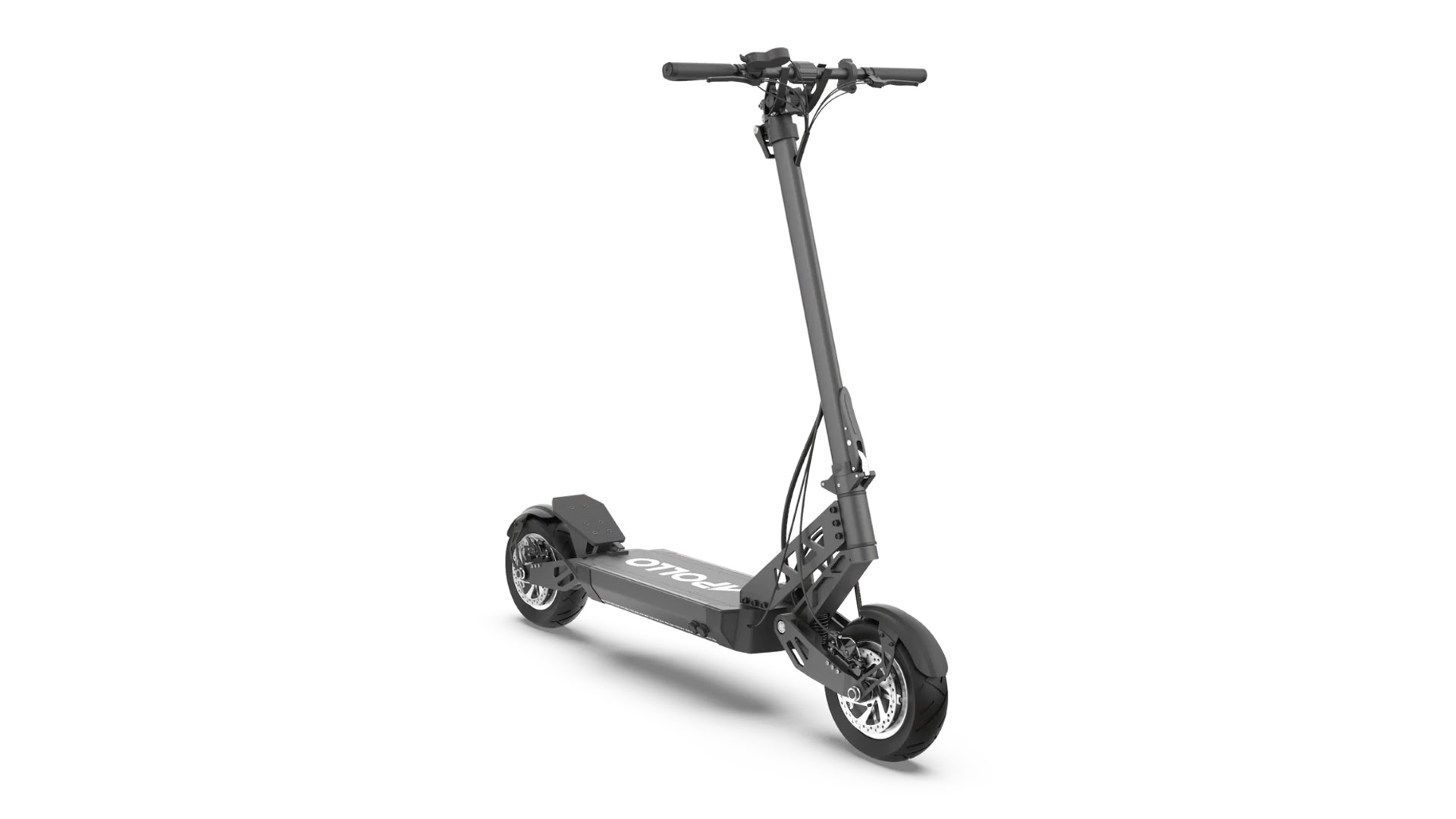
The Emove Cruiser ($1,399) is a great everyday commuter. In addition to IPX6 waterproofing, it has suspension, 10-inch tubeless tires, and “hybrid” hydraulic brakes. Its headline feature is 62 miles (100km) of range, which beats some scooters twice the cost. It can even handle loads up to 352lbs (160kg), which suits heavy riders. Top speed is 33mph (53kph).
Picks for urban speed demons
The VSETT 10+R ($2,490) is one of the best-looking scooter designs, but it’s not for the faint of heart. It has not one but two 1,400W motors, which can propel it up to 50mph (about 81kph). At those speeds, you’d better have a steady hand and body armor. Thankfully it can be driven at slower speeds, giving it a range between 40 and 70 miles (around 64 to 113 kilometers). It also has perks like an NFC key, turn signals, and IP54 water resistance, so it can be a fantastic commuter for those willing to spend — and lift its 79lb weight if they need to go upstairs or take a train.
The Currus NF Plus ($2,399) is built like a tank, sporting a huge deck, an indestructible stem, and 3-inch-wide tubeless tires. Its dual motors deliver up to 3,600W of power, which means beginners should start elsewhere.
If the NF Plus and 10+R are a little crazy, scooters like the Dualtron Storm ($4,490) are downright overkill. Its motors can put out an absurd 6,700W, pushing speeds as high as 55mph (89kph) or more. You might legitimately take it on the highway where laws allow. Range nominally goes up to 80 miles (129 kilometers), yet the kicker is that it has a swappable battery, so you can buy a second battery pack and double your distance. Combined with features like turn signals, it’s practically a stand-up motorcycle.
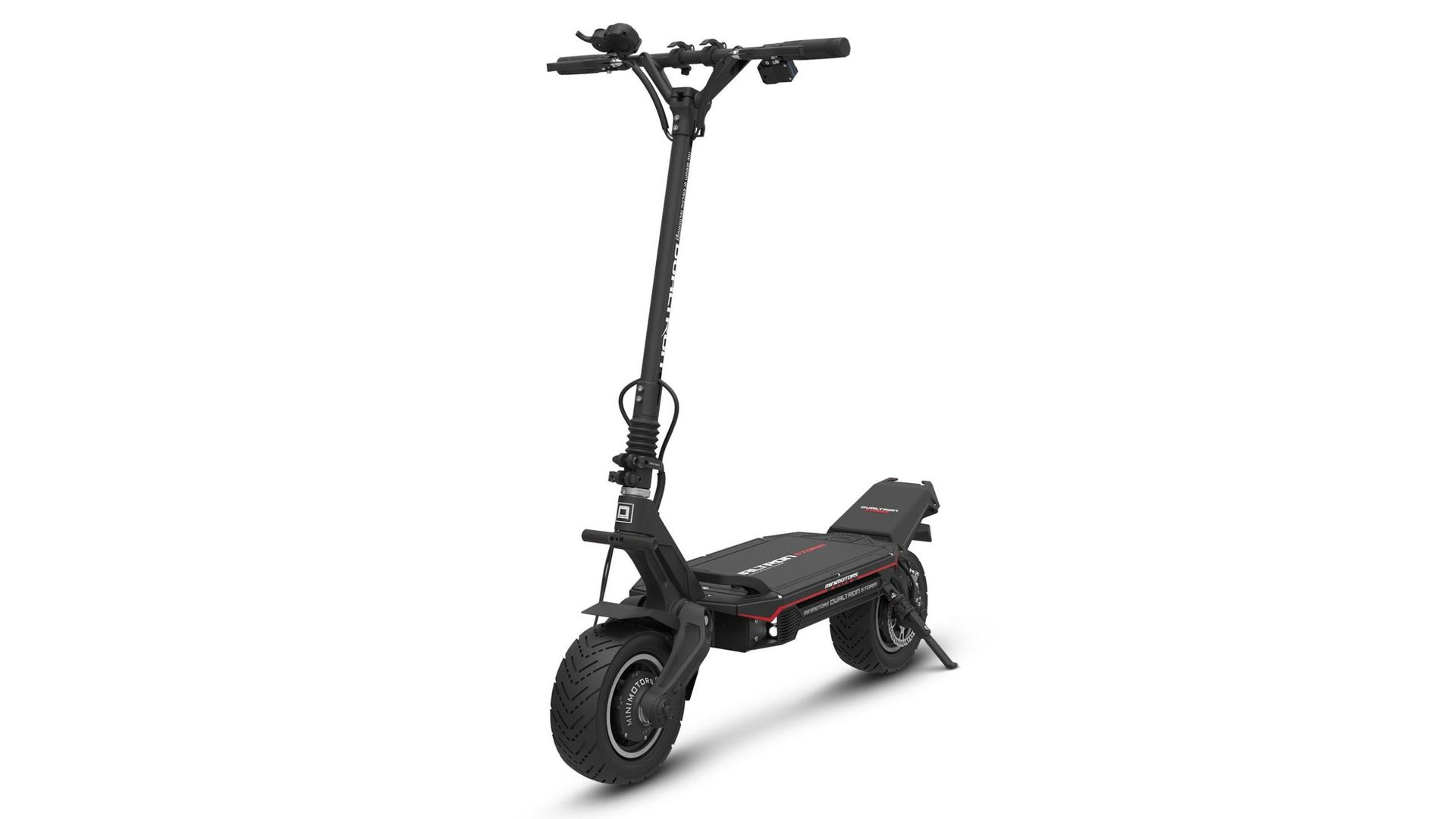
Off-roader picks
Appropriately, the (almost literal) gold standard for off-road scooters is the Kaabo Wolf King GT Pro ($3,295). The vehicle uses twin forged stems and hydraulic suspension, with an option for street or knobby tires, though you may have to hunt around for the latter. On YouTube you can find videos of people jumping the King’s predecessor, the Wolf Warrior 11, off tracks meant for dirt and mountain bikes. In fact the King could just as easily be on our speed demon list, since its twin 2,000W motors enable a 63mph (101.3kph) top speed. It also has turn signals, some of the brightest headlights on any scooter, and a 74-mile (119.5km) max range.
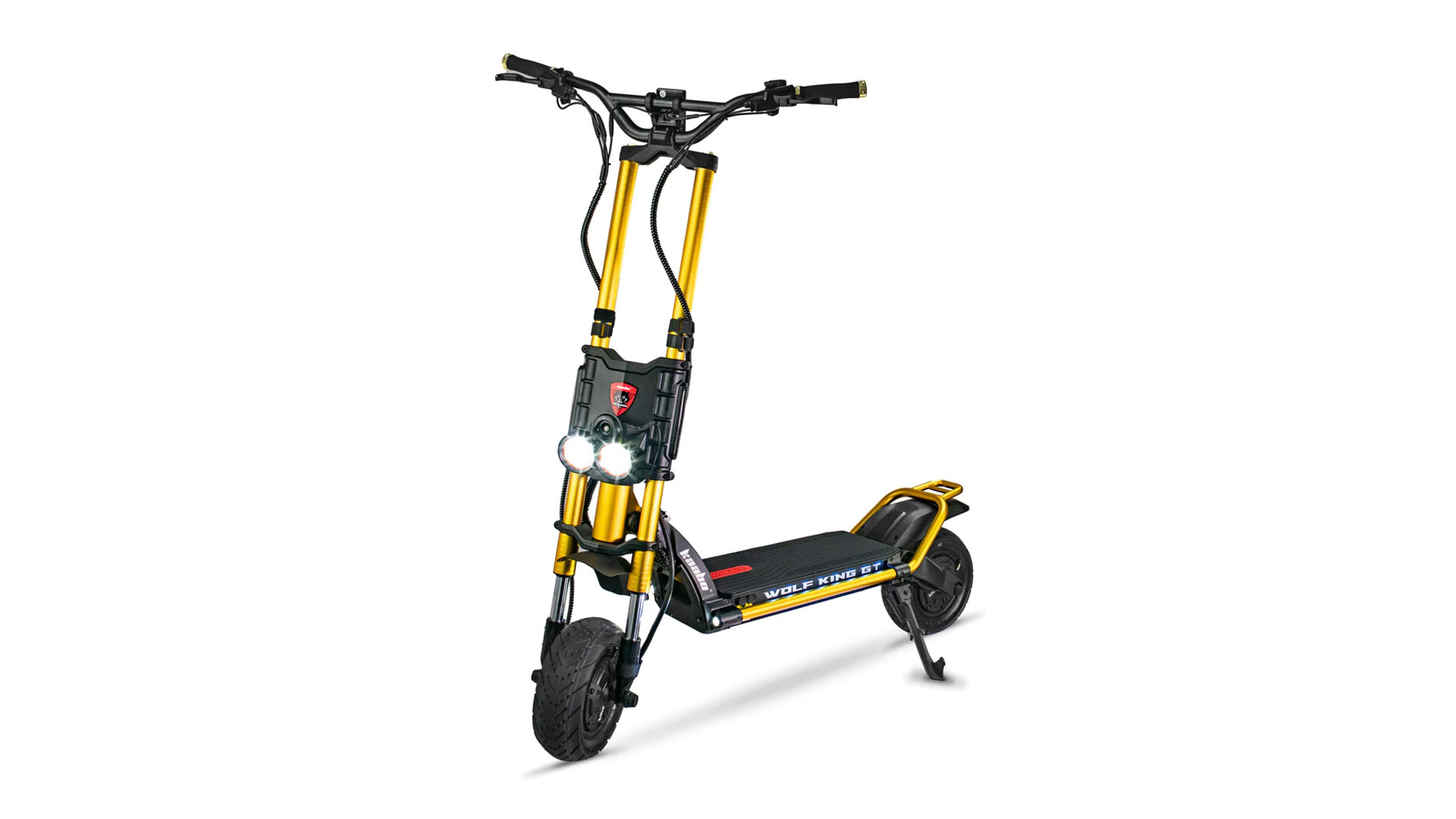
The VSETT 11+ ($3,399) uses twin stems and hydraulic suspension similar to the Wolf King but in a package like the 10+R, including speeds up to 53mph (85kph) and a 60-mile range (97km). That also means turn signals and an NFC key. The scooter used to sport a Captain America color scheme, but thankfully, it’s now in a much more subdued (and international) gray and black.
The sky’s the limit
If you have no problem spending Vespa levels of money but value performance over comfort or style, one option is the Weped SST ($7,299). The scooter has a staggering 30KW of peak power, which takes it up to 70mph (113kph) or higher — faster than we’d ever recommend riding. Range can stretch to about 80 miles (129 kilometers), if only at much slower speeds.
Perhaps the craziest scooter of them all is the Rion Thrust ($10,000). While its range is 45 to 50 miles (72 to 80km), its speeds can exceed 80mph (128kph), thanks in part to a mix of aluminum and carbon fiber construction. It’s so fast that even Rion recommends it for “private use only.”
Electric scooters: FAQs
For normal riding, the learning curve is almost non-existent. Once a scooter is moving, it tends to self-stabilize so long as you keep your hands and feet planted and don’t do anything dramatic. Steering is a matter of turning the handlebars and leaning in on tight corners.
Things only get complicated — not necessarily hard — with high speeds, traffic, and tackling wet or rough terrain. Many people aren’t prepared for the acceleration and braking of better scooters, which can throw them off if they’re not braced for it. Similarly, riding in traffic requires a lot of situational awareness, since other vehicles won’t necessarily see you, and even the biggest scooter tire is going to bounce higher off a bump than a car.
When in doubt, go with the e-bike. E-bikes are better supported by vendors and repair shops, and often better equipped for carrying cargo and passengers. If a bike’s motor breaks down or runs out of power, you can still pedal it home.
The main advantages of a scooter are performance, and portability, in the case of folding ones. You won’t find many e-bikes that can break 30mph (48kph), and if you don’t have a safe place to park or charge, portability can suddenly dwarf every other issue.
If it’s an option, never park in dark or isolated areas for extended periods of time. That could mean as little as 10 minutes, since once any locks have been cut, it doesn’t take long to ride one off or lift a scooter into a truck bed. Chances are theft won’t happen that quickly, but the risk is there.
You can mitigate threats by using a heavy-duty wheel and/or frame lock, like Kryptonite’s New York Fahgettaboudit chain mentioned earlier. No matter the brand you choose, don’t skimp — some thieves are equipped with tools like grinders and lockpicks, and only the toughest products will slow them down, let alone stop them. Use multiple locks if you can afford it. Always lock your scooter to something immovable, and buy an alarm system if your model doesn’t come with one. Take your battery with you if it’s removable and won’t disable security systems.
If you’re an adult familiar with your scooter and riding at 30mph (48kph) or less, you can probably get away with any MIPS-equipped bike or skate helmet unless laws demand otherwise. Helmets with a visor are preferable for blocking out wind, rain, and bugs, one popular option being the TSG Pass. Kids, newcomers, and the elderly should add knee and elbow pads.
Over 30mph, the potential for injury rises rapidly. At 40mph (64kph) or more, we’d insist on wearing motorcycle-grade body armor and an equally tough helmet. However unlikely an accident might be, a crash at those speeds can land you in the hospital. You can also seriously injure yourself below 30mph — it’s just that the odds of walking away are a little better.
One of your best defenses is visibility. Make sure your scooter is well-lit at dawn, night, or twilight, ideally supplemented by bright clothing. Headlights should clearly illuminate what’s ahead without blinding drivers or pedestrians.
Assuming you don’t have airless tires, we’d recommend using a sealant to prevent flats — be sure to pick the right type for tubed or tubeless tires. You can also add tire liners, but this isn’t mandatory, especially since they can be hard to install on some scooters.
Before riding for the first time, it’s vital to make sure every bolt and screw is tight, since a lot of electric scooters ship with literal loose ends. You can use Loctite to keep things in place if they don’t need to move. To aid with weatherproofing, you may want to use wraps for cables, and silicone on some crevices. You can use zip ties to bunch cables out of harm’s way.
To prolong battery life it’s best to avoid charging to 100% or using fast chargers. You may have to make exceptions, of course — sometimes there’s no choice but to maximize range or juice up in a hurry. You won’t automatically ruin your battery so long as you give it a break whenever you can. When not in use, both the battery and your scooter should be kept in a warm, dry place.
Whatever you do, don’t use a hose to wash a scooter unless the vehicle is certified waterproof. Even then, only spray down the deck. As a rule it’s best to stick to rags and water, later drying with a towel.
Check bolts, screws, tires, and brakes once a week during riding season. Oil metal parts as needed. Keep spare parts around, particularly if they’re model-specific. You’ll want a portable electric pump with a pressure gauge for air-filled tires. Bring that pump and tire replacement gear on rides unless you’re sticking to your immediate neighborhood.
On sit-down electric scooters the answer is yes, so long as there’s enough seating. For stand-up scooters the answer is generally no, as it tends to throw off riding balance. You can, however, tow a pet or child in a trailer.
Electric scooters tend not to have much storage space. For carrying locks, a helmet, and/or maintenance gear, you may be able to use built-in storage on a sit-down model, or a stem/handlebar bag on a stand-up. Anything more will probably demand a large backpack or tow trailer.
No, at least not anything worth riding when you land. While ultra-portables can theoretically get around size and weight limits, restrictions on battery capacity are simply too tight. In the US, for example, the Federal Aviation Administration doesn’t allow carry-on batteries rated over 100Wh, or checked batteries over 160Wh. Even the Unagi Voyager exceeds that.